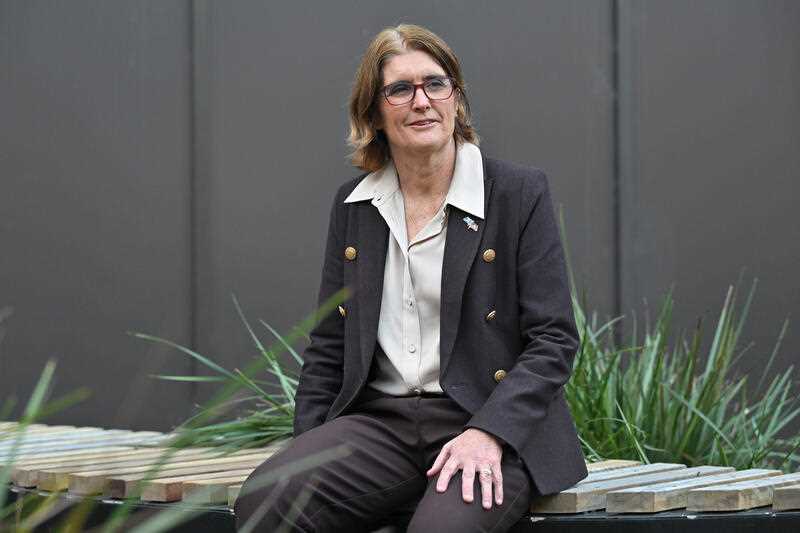Australia’s central bank will get a new leader this week as Michele Bullock steps into the Reserve Bank’s top job.
The first woman to head the RBA will take the reins from outgoing governor Philip Lowe as his seven-year tenure wraps up.
Dr Lowe has overseen the economy through the turbulence of the pandemic and its recovery, with the latter dominated by a sharp surge in inflation.
The RBA has fired off 12 interest rate hikes and price growth has started to decelerate, though finishing the job while keeping the economic wheels turning will be Ms Bullock’s most pressing task.
Reforming the institution in the wake of an independent review into the RBA released earlier in the year will also be high on her agenda.
Her predecessor has already signed off on many of the changes but other measures will need to be worked through by Ms Bullock and the new monetary policy board, which was the key recommendation of the review panel.
Under the changes, there will be two boards – one for running the day to day operations of the bank, and another to set interest rates.
RMIT associate professor of economics, Ashton de Silva, said Ms Bullock was taking on the role at a time when the RBA’s job was only getting harder.
“It’s actually having to oversee what is something that’s becoming more and more complex, not just by region but also by cohort,” he told AAP.
The difference between “who’s doing it tough and who might not be doing it as tough” was becoming more pronounced.
During the latest tightening cycle, for example, older generations were earning interest on their savings at the same time as highly indebted borrowers were struggling to pay off their mortgages.
The associate professor did not think Australians should expect a dramatic change in how the central bank manages interest rates to bring down high inflation.
It’s not just up to the governor to make interest rate decisions but the whole board, and Ms Bullock has been in each meeting since interest rates started going up as deputy governor.
Treasurer Jim Chalmers said Ms Bullock brought exceptional experience and leadership to the role.
“We have a particularly busy period ahead as we work to implement the recommendations of the RBA review and agree to a new statement on the conduct of monetary policy by year’s end.”
Ms Bullock’s first week on the job will include the release of the minutes from the September cash rate meeting on Tuesday.
The RBA board kept interest rates steady at 4.1 per cent for the third time in a row when they met at the start of the month.
Worth watching on Wednesday will be Westpac’s leading index, which collates a range of indicators to assess where the economy is headed.
US stocks on Friday ended sharply lower as chipmakers dropped on concerns about weak consumer demand while rising Treasury yields pressured Amazon and other megacap growth companies.
The S&P 500 dropped 1.22 per cent to end at 4,450.32 points, the Nasdaq declined 1.56 per cent to 13,708.34 points and the Dow Jones Industrial Average fell 0.83 per cent to 34,618.24 points.
Australian futures fell 41 points to 7250.
The benchmark S&P/ASX200 index on Friday finished up 92.5 points, or 1.29 per cent, to a 10-day high of 7,279.0.
The broader All Ordinaries climbed 99.9 points, or 1.35 per cent, to 7,482.6.
By Poppy Johnston in Canberra



